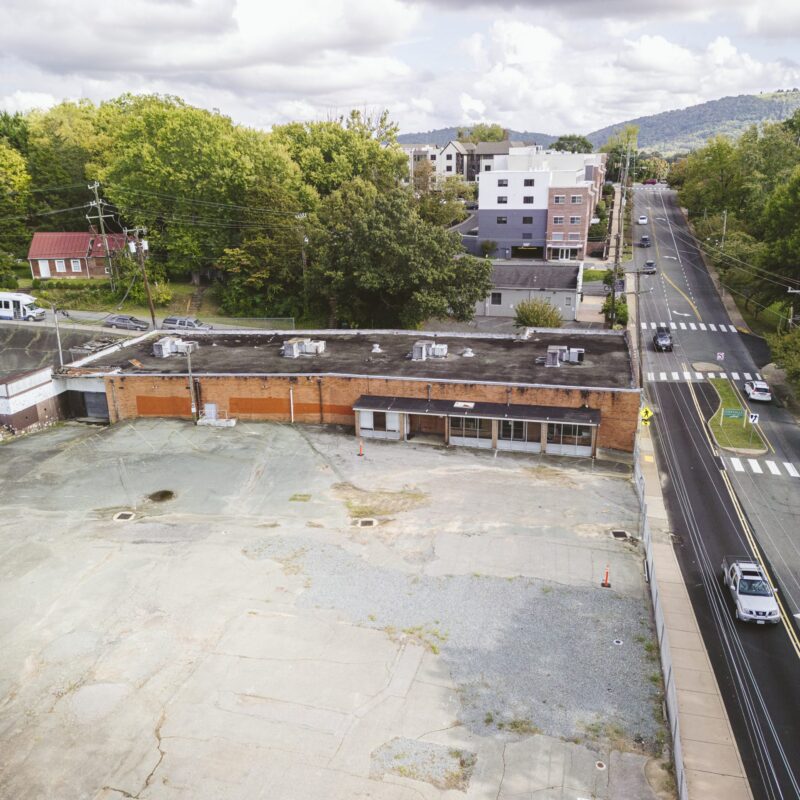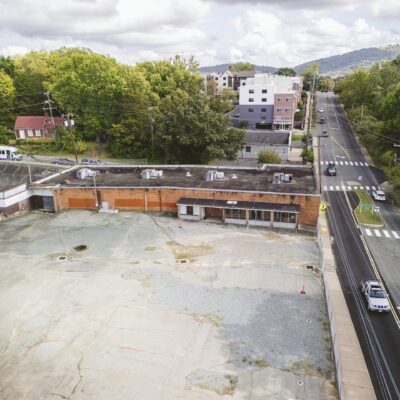Good day, brick watchers. Yesterday, we told you how pedestrian-only zones experienced a major extinction during the ’70s, ’80s and ’90s as developers and businesses favored the strip mall/drive-up model.
Today, however, the Downtown Mall seems a wild success. From the Pavilion to Central Place to the Omni (and maybe, someday, the Landmark), some well-placed development dollars have gone a long way to produce a centerpiece for our city.
And our Mall isn’t alone. The success of car-free zones like Burlington, Vermont’s Church Street Marketplace, or Boston’s Faneuil Hall—spots that pair urban planning influences from Europe with pushes for sustainability and a healthy lifestyle—is causing many U.S. cities to look at car-free zones, and car-free days for certain areas. (This May 2007 article from the Christian Science Monitor provides many reasons why well-planned, well-developed car-free zones are so successful on these fronts.)
Some cities, like Portland, Oregon have gone above and beyond to make their cities bike-friendly, while others, like San Francisco, have closed their major parks to automobiles on some days. (It’s a blast to watch the rollerskaters take over Golden Gate Park on Sundays.) New York is even tossing around some ideas for car-free zones, from closing the streets around Central Park to closing some parts of Broadway for pedestrian-only traffic.
Pedestrian zones provide a forum for communities to grow together, a space to be active, an attraction for some tourist dollars, and are once again at the cutting edge. What does our Mall mean to you?
We should count ourselves lucky, brickies. See you in the car-free zone.



